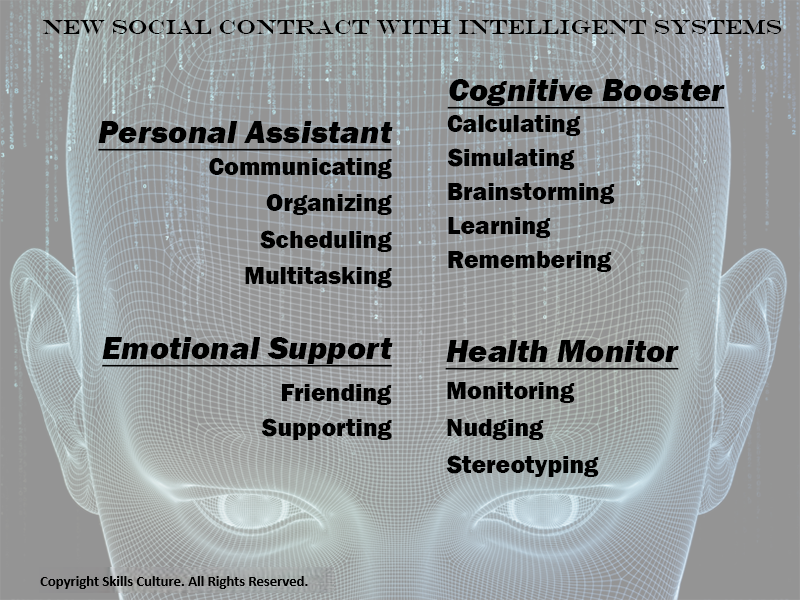In an interview regarding the future implications of AI, the 2024 Nobel Prize Winner Geoffrey Hinton was asked: “With all you see ahead of us (in AI), what do you suggest is the biggest threat to human happiness?”
Joblessness, fairly urgent short-term threat to lots of lots of people is unemployment… even with a universal basic income
This is a staggering prediction. First and foremost, his emphasis on this being such an immediate threat for a large segment of our workforce. Second, at this stage, with our current administrative policies, universal basic income is far from a guarantee.
With Job Futures and Skills Label platform, one of our primary goals is to get post-secondary graduates gainfully employed, so this is also an urgent concern of ours. For some background, here is a link to an article I posted the month after ChatGTP was released: Skills and AI Preparing the Future Workforce
This is a “good, not so good, and bad” opine on AI and companies’ actions with their workforce.
The Good…
An innovative, future management response: use the efficiency gains from AI to reduce the work burden, keep jobs, and maintain a work life balance.
Bolt, a San Francisco company with 550 full-time employees decided to make their four-day workweek permanent for all employees, with same pay and benefits.
More than 90 percent of workers and managers approved for the program to continue. From an internal survey, 84 percent of employees claim to be more productive; 86 percent are more efficient with their time; and 84 percent claim a better work-life balance.
This is good because it takes efficiency gains from AI and gives it back to the employees. Also, a good move making it permanent – this infuses work-life balance into the corporate culture; cancels the “watch your back mentality, I can use AI to outpace and perform my team”.
The Not so Good…
A conventional, Jack Welch management response: use the efficiency gains from AI to slash jobs for higher profit margins.
Microsoft cut 9,000 jobs in June 2025. This coincides with a shrinking workforce. In this table, with revenue growth of 18 percent and 16 percent in 2022 and 2024, you might anticipate a similar percentage growth in employment, particularly when there was no growth in 2023. While not specifically citing AI, the CEO did say 20-30 percent of its new software will be written using AI.
| Employees | Revenue | CapX | |
| 2024 | 3 % | 16% | 57% |
| 2023 | - | 7% | 22% |
| 2022 | 22% | 18% | 15% |
Microsoft is pouring significant funding into capital expenditures. But with a market cap soon to eclipse 4 trillion dollars, clearly the company possesses the wherewithal to keep their workforce.
This is “not so good” because large companies continue to ask their employees to work 40-to-60-hour weeks. So, until companies (like Microsoft, JP Morgan, and the government) attempt a 32-to-40-hour week (like Bolt, and other companies), there is not a “clear necessity” to slash these jobs.
The Bad…
A power-play competitive management response: control the future of AI and generate profit without considering the effects on the workforce.
Meta is pouring in 10 to 100 million compensation and bonus packages to lure a team of top AI researchers into a single super team. Condensing the top AI talent to a single small team could have catastrophic consequences for a number of reasons.
One problem is restricting the number of people who have the domain knowledge and experience to understand the complexities of AI. Their secrets are why they command these types of salaries and bonuses.
Another problem is a select few private companies looking to become the stewards for the future of AI. (My personal opinion, given Hinton’s prediction, AI should be a public good.)
From the perspective of developing AI teams, the goal should be to create larger teams and not overcompensate. Spread the know-how, employ more people, and democratize the decision making.
